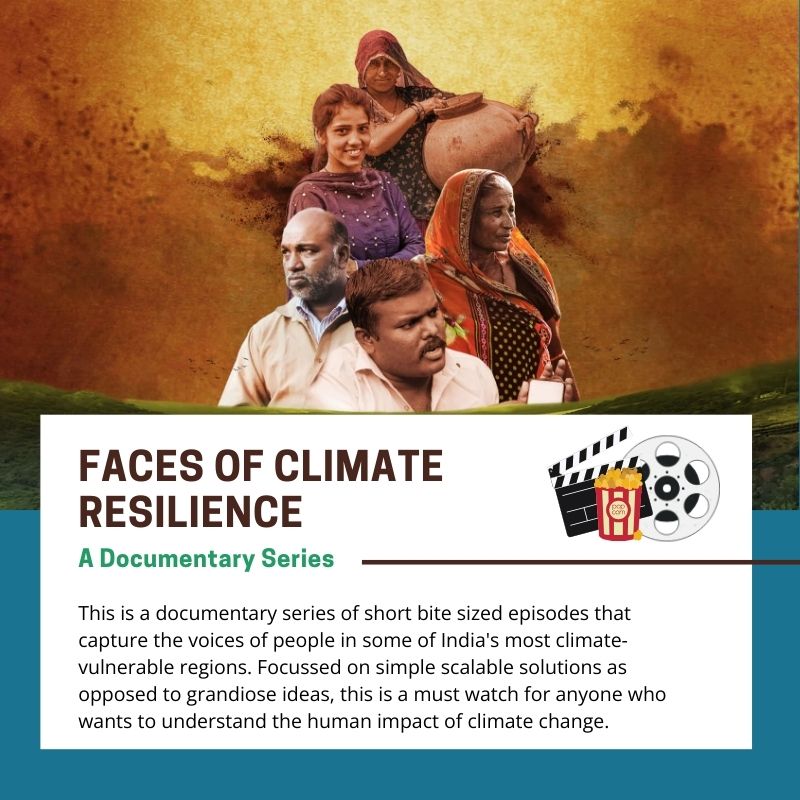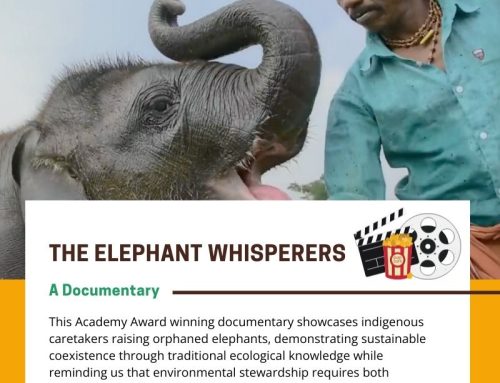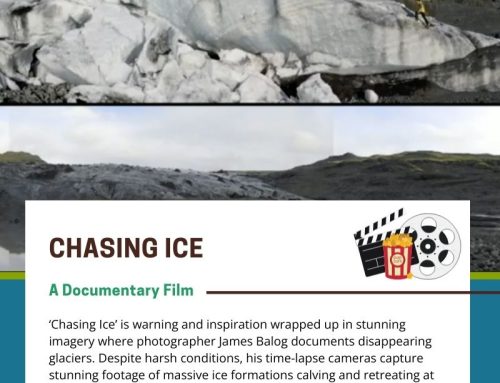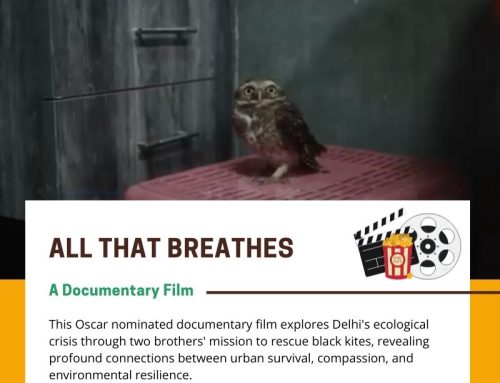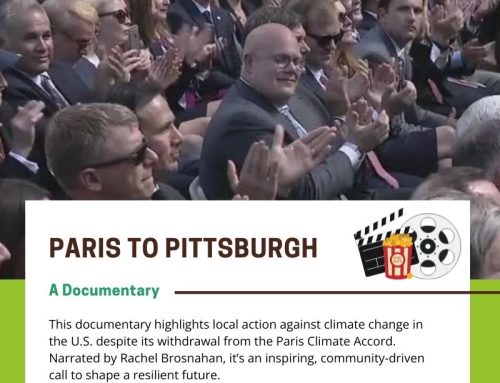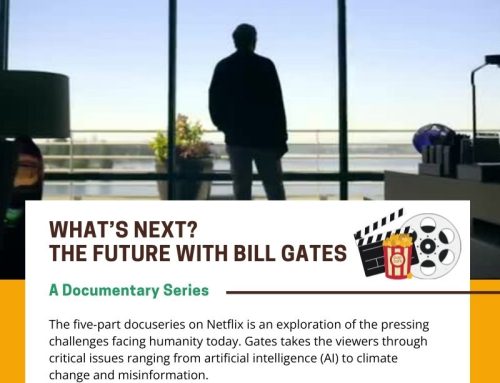Floods devasted Kerala in 2018. Odisha has seen a 3X increase of extreme cyclones since 2000. Ambojwadi suburbs in Mumbai flood every monsoon, displacing hundreds for weeks if not months at a time. Frequency of droughts has increased 3X in Jodhpur since 1970. Different places in the country, facing different climate-change related challenges.
A fisherman from Kerala. Two water scientists from Uttarakhand. SHGs from Odisha. A youth group from Mumbai. A women’s collective from Uttarakhand. Koli fisherfolk of Mumbai. A pastoralist from Rajasthan. A community radio station in Uttarakhand. A farmer from Ahmednagar. What do these seemingly unrelated people have in common? They belong to some of India’s most vulnerable communities. They are helping make their communities resilient to these disastrous changes. They are the ‘Faces of Climate Resilience’.
Our pick for Climate Currents – What to Watch for November, is ‘Faces of Climate Resilience’. This is a docuseries that uses a very real lens to showcase personal stories from Indian communities that are using traditional knowledge and community action to combat climate challenges.
Each bite sized episode of just over three minutes manages to encapsulate powerful narratives that highlight how individuals and communities are adapting to the climate crisis. The series showcases diverse stories from across India, including a women’s collective in Odisha reforesting cyclone-prone coastlines, a youth group in Mumbai educating slum dwellers about climate change, and a community radio station broadcasting disaster preparedness messages, a women-led initiative n Uttarakhand collaborating with local forest officials to combat forest fires, an NGO in Rajasthan assisting pastoralists in adapting to harsh climatic conditions through resilient infrastructure, and more. This structure allows viewers to grasp the urgency of climate issues while also providing hope through actionable solutions.
The series is deeply rooted in reality. It does not wax poetic. It does no harp on the disasters for too long. It does not talk about grandiose ideas that are too complex to comprehend or seem too far-fetched to work. It features simple solutions that can be scaled for impact.
This focus on ‘adaptation strategies’ is a shift from traditional narratives that often focus on despair and loss. Instead, ‘Faces of Climate Resilience’ presents a rather hopeful narrative that built on the ingenuity and determination of ordinary people facing extraordinary challenges. They are the focus of this Human Centric storytelling approach. Each episode shines a light on the real challenges brought on by climate disasters, what they have done to overcome these challenges, how they are future proofing their lives and livelihoods, and how they are spreading their knowledge to those around them and the future generations. This captures the importance of capacity building and effective dissemination of accurate information.
Since its release in 2022, the docuseries has been screened at over thirty-five events across ten cities, reaching a wide audience. Making complex issues more accessible, the series has sparked discussions on climate action and sustainability among diverse groups—from students and journalists to policymakers and civil society organisations.
The series was strategically released in the lead-up to COP27, positioning it within global discussions on climate adaptation. With COP29 just around the corner, its relevance has not faded even a little. If anything, it is more relevant than ever, that we recognise that our actions have very real and harsh consequences that affect the most vulnerable the hardest.
The docuseries is produced by the Council on Energy, Environment, and Water (CEEW) in collaboration with India Climate Collaborative, Edelgive Foundation, and Drokpa Films. The 16-part series has garnered acclaim for its innovative approach to climate communication, winning the 2023 CMCC Climate Change Communication Award.
You can stream the series on Disney+Hotstar or on YouTube here.

